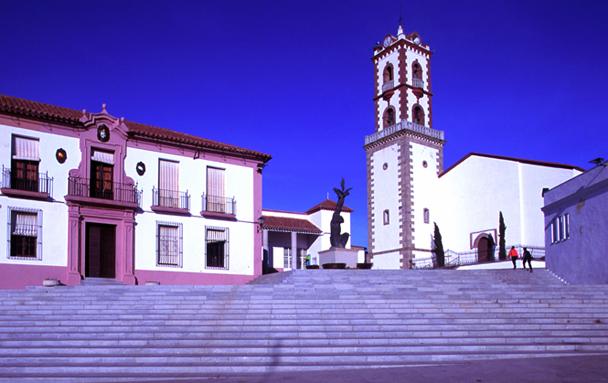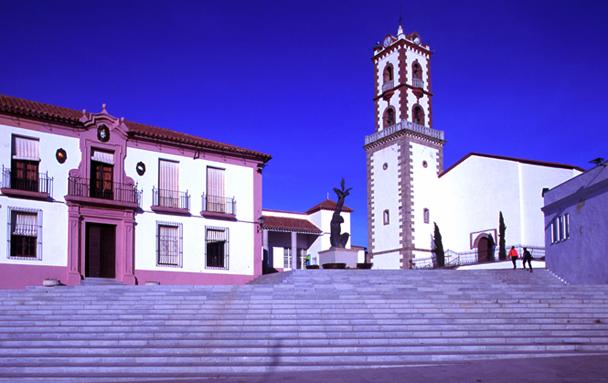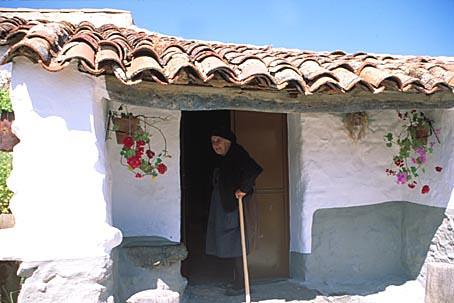Fuente Obejuna

A village belonging to the Alto Guadiato region, in the north east of the province, on the border with the province of Badajoz. Part of its land is devoted to agriculture, but most is made up of holm oak pastures which are ideal for rearing sheep and pigs. Together, the two types of terrain create a most attractive landscape.
Fuente Obejuna, which was immortalised in the literary work of the same name by Lope de Vega recounting a real-life event in 1476, is situated atop a hill, its streets built concentrically around a square named after the aforementioned dramatist and Nuestra Señora del Castillo Church. The combination of noble and popular architecture creates an interesting effect, the highlight being the small modernist Casa de Cardona Palace.
History
Fuente Obejuna is the site of the oldest archaeological remains found in the province, from the Lower Palaeolithic period.
Megalithic dolmens have been discovered near La Cardenchosa, the most spectacular being those at Los Delgados and La Sierrezuela estates, where remains of bones and funereal furnishings have appeared.
It is during Roman times, under the Roman name Fons Mellaria or La Melaria, as it was known by the túrdulos, that Fuente Obejuna's history is best documented; the village was sufficiently important to enjoy the privilege of minting its own coins during this period.
After the reconquest, it was subjected to the jurisdiction of the city of Cordoba. In 1460, Henry IV awarded the village to don Pedro Tellez Giron, Grand Master of Calatrava, and for a time it was the property of this Order.
In 1475, the Catholic Monarchs gave Cordoba permission to take possession of the village. The city, with the support of its inhabitants, made a failed attempt to capture Fuente Obejuna. In 1476, under pressure from Cordoba, the villagers of Fuente Obejuna murdered the Commander-in-Chief of the Order of Calatrava, don Fernan Gomez de Guzman. This historic event provided the basis for the play by Lope de Vega which bears the village's name.
There was a veritable exodus from Fuente Obejuna, in the wake of which 37 new hamlets sprang up. Despite the fact that the village fell under the control of Cordoba as a result of the aforementioned events, the Order appealed to the Pope to intervene in the matter.
Toledo passed sentence in the Order's favour, and the decision was confirmed by Innocent III. Following the intervention of Queen Joan, a solution was agreed in 1513. The village was incorporated into Cordoba and the Order of Calatrava received 30.000 gold ducats, paid in equal shares by the Crown and the city of Cordoba. Many of the hamlets founded after the village was abandoned still exist today. In 1817, five such settlements signed a charter establishing the village of Cinco Aldeas (Five Hamlets), which set up its first council in Valsequillo.
Eminent citizens
Luis Maraver y Alfaro, writer.
Carlos Rivera, poet.
Miguel Castillejo, chairman of the Cajasur savings bank.








